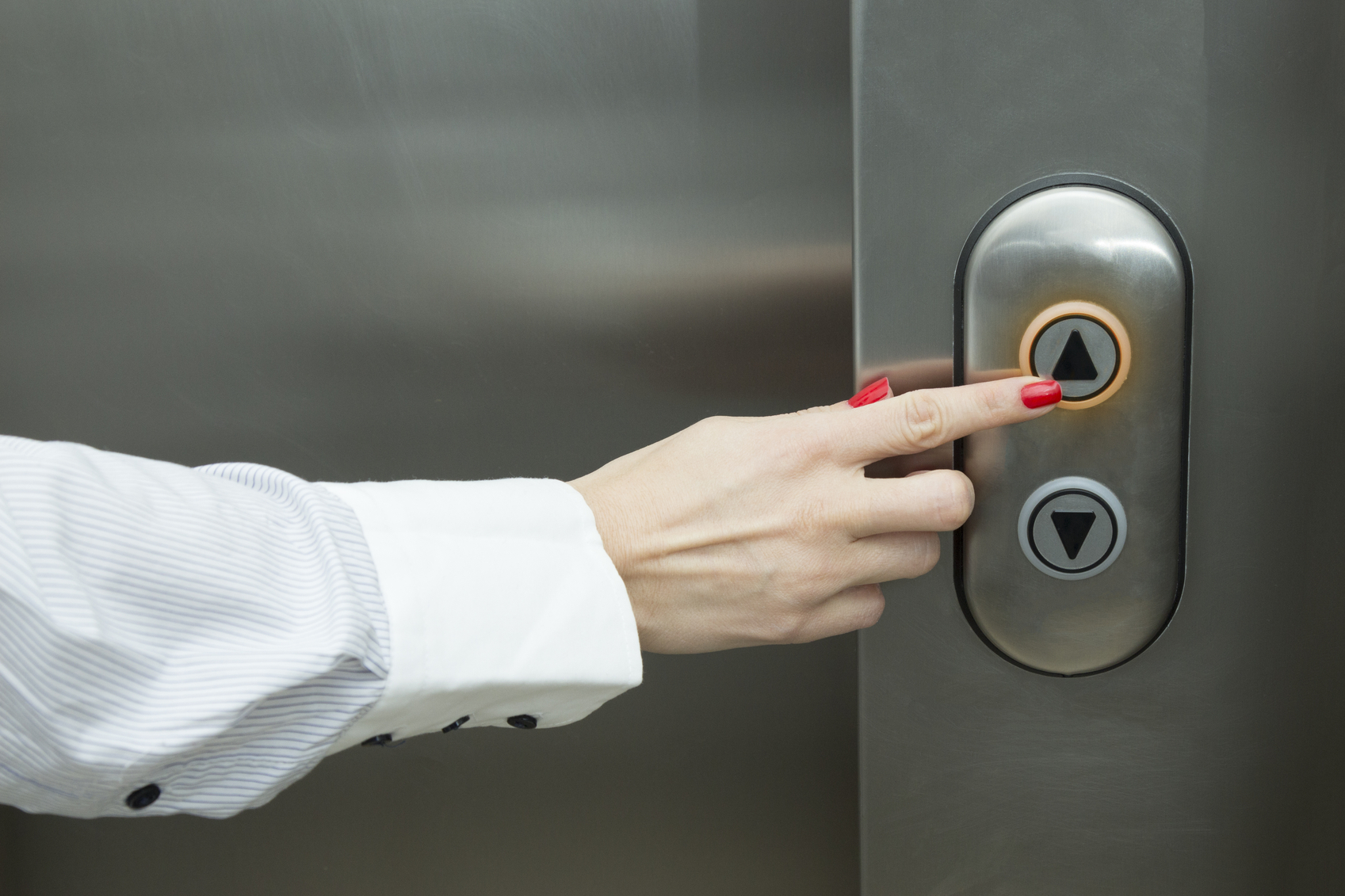We Maintain Lifts to the Highest Specifications: Reliable Solution for All Lift Types
We Maintain Lifts to the Highest Specifications: Reliable Solution for All Lift Types
Blog Article
Exploring the World of Lifts: Usual Issues Faced by Various Lift Systems
As we navigate with the upright transportation systems of modern structures, elevators stand out as a vital element of our everyday lives. From hydraulic lifts to traction systems and machine-room-less layouts, each lift type comes with its set of typical concerns.
Hydraulic Elevators
Hydraulic elevators, commonly liked for low-rise structures, make use of fluid stress to regulate the movement of the lift vehicle (lift repair companies). This system entails a hydraulic pump pushing oil right into a cyndrical tube, causing the lift to relocate in the preferred instructions. While hydraulic lifts are recognized for their silent and smooth procedure, they do come with their very own set of usual issues
One common problem with hydraulic lifts is oil leakage. Additionally, problems with the control system, such as defective shutoffs or a malfunctioning pump, can cause interruptions in the elevator's movement.
Regular maintenance and prompt fixings are necessary to make sure the smooth performance of hydraulic elevators. By resolving these common issues proactively, structure owners can minimize downtime and make certain the security and efficiency of their vertical transportation system.
Traction Lifts
When taking into consideration upright transportation systems in structures, one more common type other than hydraulic elevators is the grip lift. Grip elevators run utilizing a system of ropes and weights that move the lift vehicle by clutching onto the hoist ropes. This system permits for smoother and quicker vertical transport contrasted to hydraulic systems.
One of the common concerns encountered by traction lifts is rope wear. The continuous movement of the ropes within the traction system can bring about tear and use in time, potentially causing the lift to malfunction or end up being hazardous for usage. Regular assessments and maintenance of the ropes are important to make certain the elevator's proper functioning and safety and security.
An additional issue that traction lifts may encounter is connected to the control system. Troubles with the control system can lead to issues such as unpredictable activity, delays in feedback times, or perhaps complete shutdowns. Routine screening and upkeep of the control system are crucial to avoid such issues and make certain the elevator's dependability.
Machine-Room-Less (MRL) Elevators
One of the key elements of MRL lifts is the compact gearless grip maker that is mounted within the hoistway. This equipment effectively drives the elevator car without the requirement for large devices located in traditional traction lifts. Additionally, MRL elevators commonly make use of a counterweight system to stabilize the auto, additional boosting their energy performance.
In spite of their benefits, MRL elevators may face difficulties associated with upkeep and repair due to the confined space for devices installation. Accessibility for servicing elements within the shaft can be limited, needing specialized training for specialists. Proper maintenance routines and normal inspections are crucial to make certain the continued smooth operation of MRL elevators.
Overloading and Weight Limit Issues
Are lifts outfitted to handle excess weight lots efficiently and safely? Overwhelming and weight limitation concerns are vital worries in elevator procedures. Elevator producers style raises with specific weight capabilities to guarantee traveler safety and security and equipment longevity. Surpassing these weight limits can lead to numerous troubles, consisting of mechanical failings, delays, and safety and security threats.
When elevators are overwhelmed, it puts extreme pressure on the motor, cable televisions, and various other components, possibly triggering breakdowns or break downs. If they detect excess weight, security mechanisms such as sensing units and overload sensing units are in place to avoid elevators from moving. Furthermore, going beyond weight limitations can cause boosted energy consumption and deterioration on the elevator system.
To alleviate overloading issues, constructing supervisors ought to plainly show weight limitations in lifts and educate owners on the relevance of sticking to these limitations - lift repair companies. Routine maintenance checks by certified service technicians can additionally aid make certain that elevators are operating within safe weight parameters. By dealing with overloading and weight restriction problems proactively, structure proprietors can improve elevator safety and performance
Electrical System Failings
Going beyond weight limits in elevators can not only lead to mechanical problems but additionally london lift company possibly contribute to electrical system failures within the lift facilities. Electrical system failures are an essential worry in elevator procedure, as they can trigger unforeseen closures, breakdowns, or even safety risks.
Additionally, power rises or variations in the electrical supply can additionally disrupt the lift's procedure, affecting its efficiency and safety. These electric disruptions can damage sensitive lift parts such as control panels, circuit boards, or sensing units, causing system failings. Normal maintenance and inspections are critical to identify and attend to possible electrical problems promptly, making sure the secure and efficient operation of lift systems. By sticking to weight limitations and performing routine electrical system checks, structure proprietors can alleviate the risk of electrical failures in lifts.
Verdict

Hydraulic lifts, usually liked for low-rise buildings, utilize fluid pressure to manage the activity of the lift cars and truck.When thinking about upright transportation systems in buildings, another common kind aside from hydraulic elevators is the grip lift. Grip elevators run utilizing a system of ropes and counterweights that move the elevator vehicle by clutching onto the hoist ropes. Unlike standard elevators that require a different machine space to house the tools, MRL elevators incorporate lift repair near me many of the elements within the shaft, eliminating the demand for a specialized device room.In verdict, elevators encounter usual concerns such as hydraulic breakdowns, traction system failings, and electric system issues.
Report this page